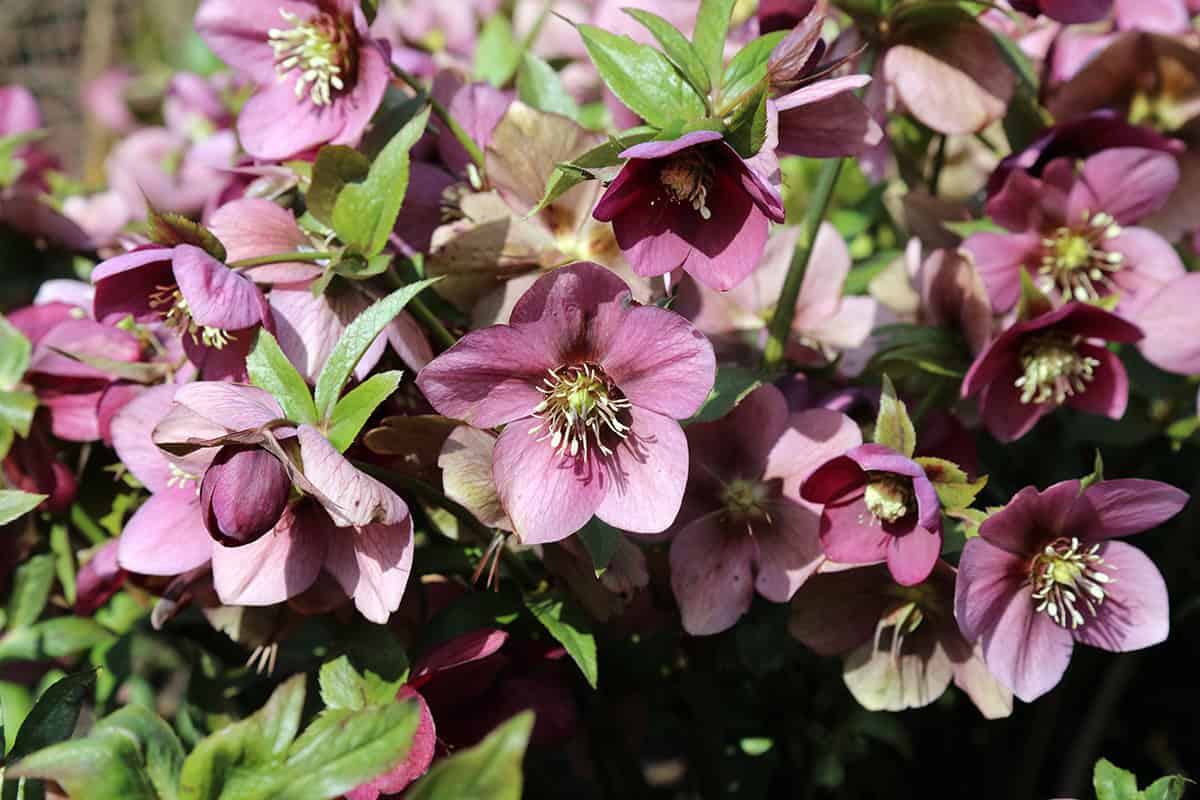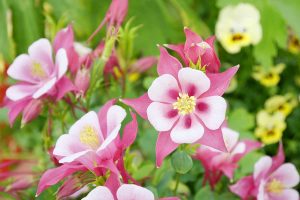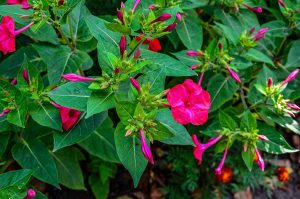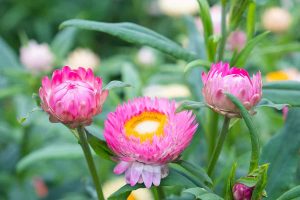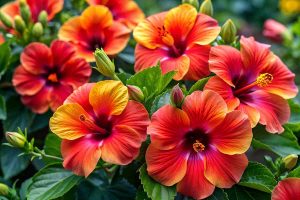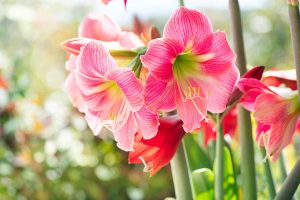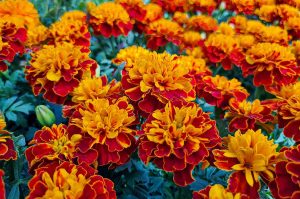Cold weather doesn’t have to mean a lifeless garden. With the right perennials, you can enjoy beauty and greenery even when frost sets in. Keep reading to discover 25 of the best frost perennial plants.
Table of Contents
- 25 Common Frost-Resistant Perennial Plants
- Hellebore (Lenten Rose)
- Sedum (Stonecrop)
- Lamb’s Ear
- Coneflower (Echinacea)
- Russian Sage
- Coral Bells (Heuchera)
- Catmint (Nepeta)
- Peony
- Bee Balm (Monarda)
- Daylily (Hemerocallis)
- Yarrow (Achillea)
- Black-Eyed Susan (Rudbeckia)
- Hosta
- Columbine (Aquilegia)
- Bleeding Heart (Dicentra)
- Creeping Phlox
- Lupine
- Gaillardia (Blanket Flower)
- Bergenia
- Artemisia
- Astilbe
- Brunnera
- Coreopsis
- Penstemon
- Japanese Anemone
25 Common Frost-Resistant Perennial Plants
Frost-resistant perennials deliver color, texture, and reliability in cold climates. These tough choices return year after year, surviving low temperatures with little intervention.
Hellebore (Lenten Rose)
You can count on hellebores for some of the first blooms of spring. They tolerate deep freezes and often flower while snow still covers the ground. Their leathery evergreen leaves resist frost damage.
Most hellebore cultivars display nodding flowers in shades of white, pink, or purple. They thrive best in partial shade and need rich, well-drained soil. Deer usually avoid hellebores, which also brings peace of mind in rural gardens.
Just mulch in fall and keep the ground slightly moist. Their long-lasting blooms and handsome foliage make hellebore a top frost-proof choice.
Sedum (Stonecrop)
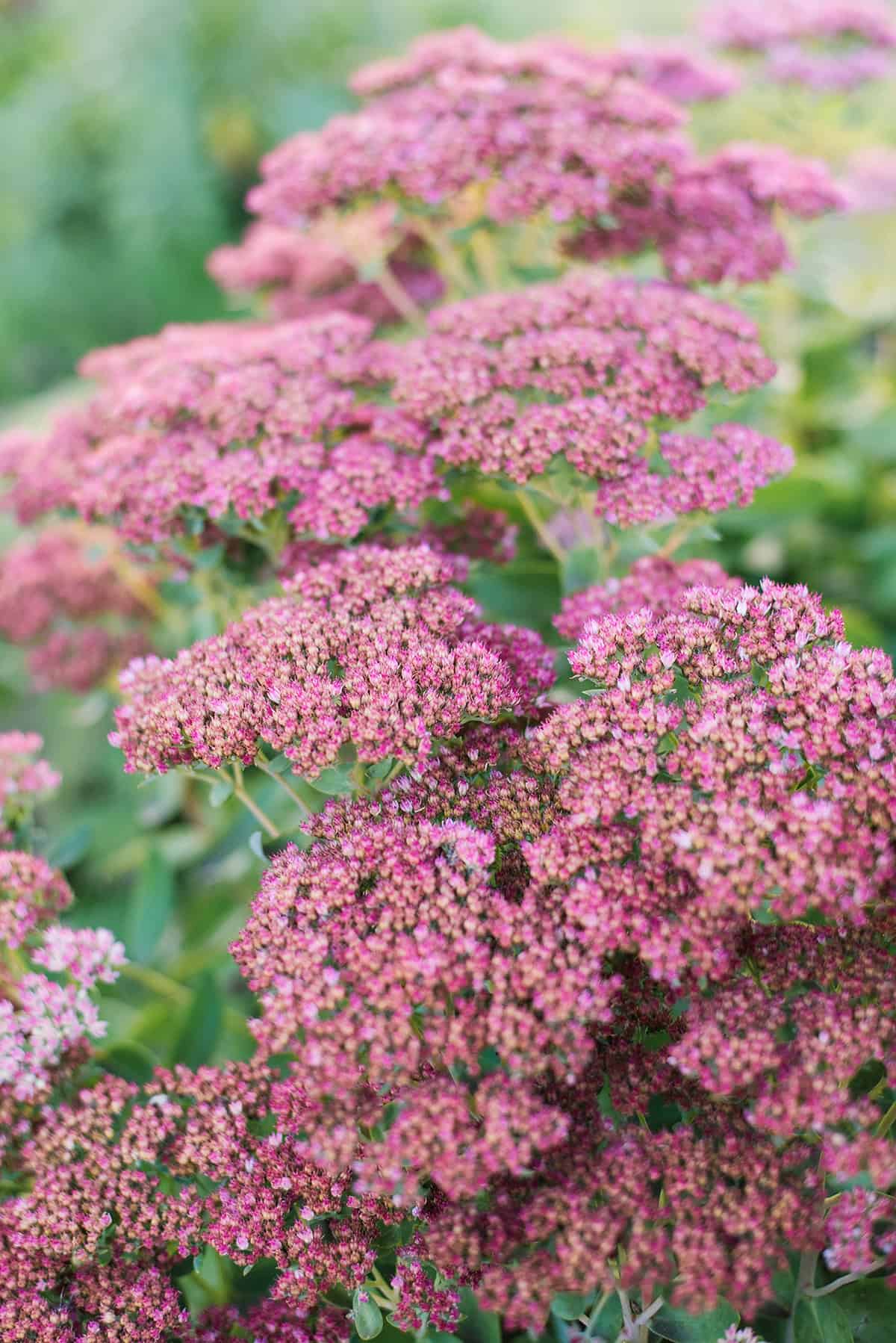
Sedum stands out for its thick, succulent leaves that easily shrug off frost. These plants store water in their foliage, allowing them to resist cold and drought. There are both low-mounding types and taller upright varieties.
In late summer and fall, sedum produces star-shaped flowers that attract pollinators such as bees and butterflies. The faded blooms add interest throughout winter, holding their structure well even after several frosts.
Sedums thrive in poor, rocky soils and need good drainage. Occasional dividing is all they ask for. This tough yet striking plant works well in borders, rock gardens, and containers.
Lamb’s Ear
Lamb’s ear offers soft, silvery leaves that give texture to cold-weather gardens. Its woolly foliage acts like insulation, protecting the plant from freezing temperatures. This perennial forms dense, attractive mats that suppress weeds.
Small, subtle purple flower spikes appear in early summer. However, lamb’s ear’s main appeal lies in its foliage, which lasts even after the flowers fade. The leaves stay attractive late into fall.
Full sun and well-draining soil suit it best. Just trim dead leaves in early spring. Lamb’s ear spreads slowly, so it’s great for edging walkways or flower beds.
Coneflower (Echinacea)
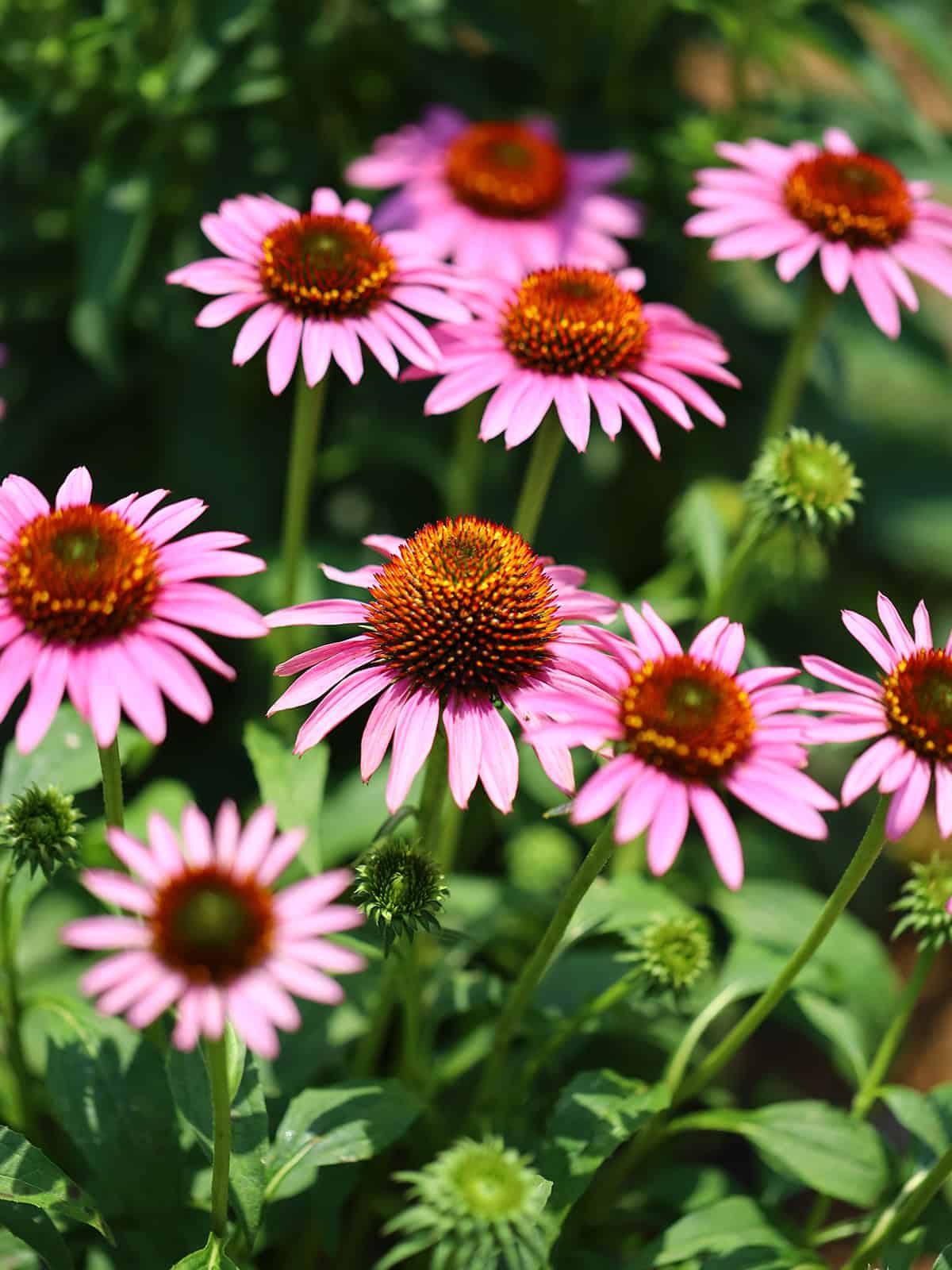
Coneflowers impress with strong stems and large daisy-like blooms. Their tolerance for cold weather and poor soil means they come back each year in northern gardens. These perennials typically bloom from midsummer into fall, offering long seasons of color.
You can find echinacea flowers in purple, pink, white, and yellow. Both bees and butterflies readily visit. The dried seed heads provide food for birds during winter months, adding to their garden value.
They like full sun and adapt to many soil types. With minimal watering and some deadheading, coneflowers thrive with little effort on your part.
Russian Sage
You find Russian sage growing tall with silvery stems and clouds of violet-blue flowers. Its woody structure and fragrant foliage allow it to stand up to frost and even drought conditions. Deer and rabbits usually ignore this plant.
Flowers appear in midsummer and continue until the first hard frost, making it a long-blooming choice. The airy texture works well in mixed borders, especially with other late-season bloomers.
Russian sage needs full sun and well-drained soil. It requires little supplemental water once established. Prune it to the ground in spring to encourage strong new growth.
Coral Bells (Heuchera)
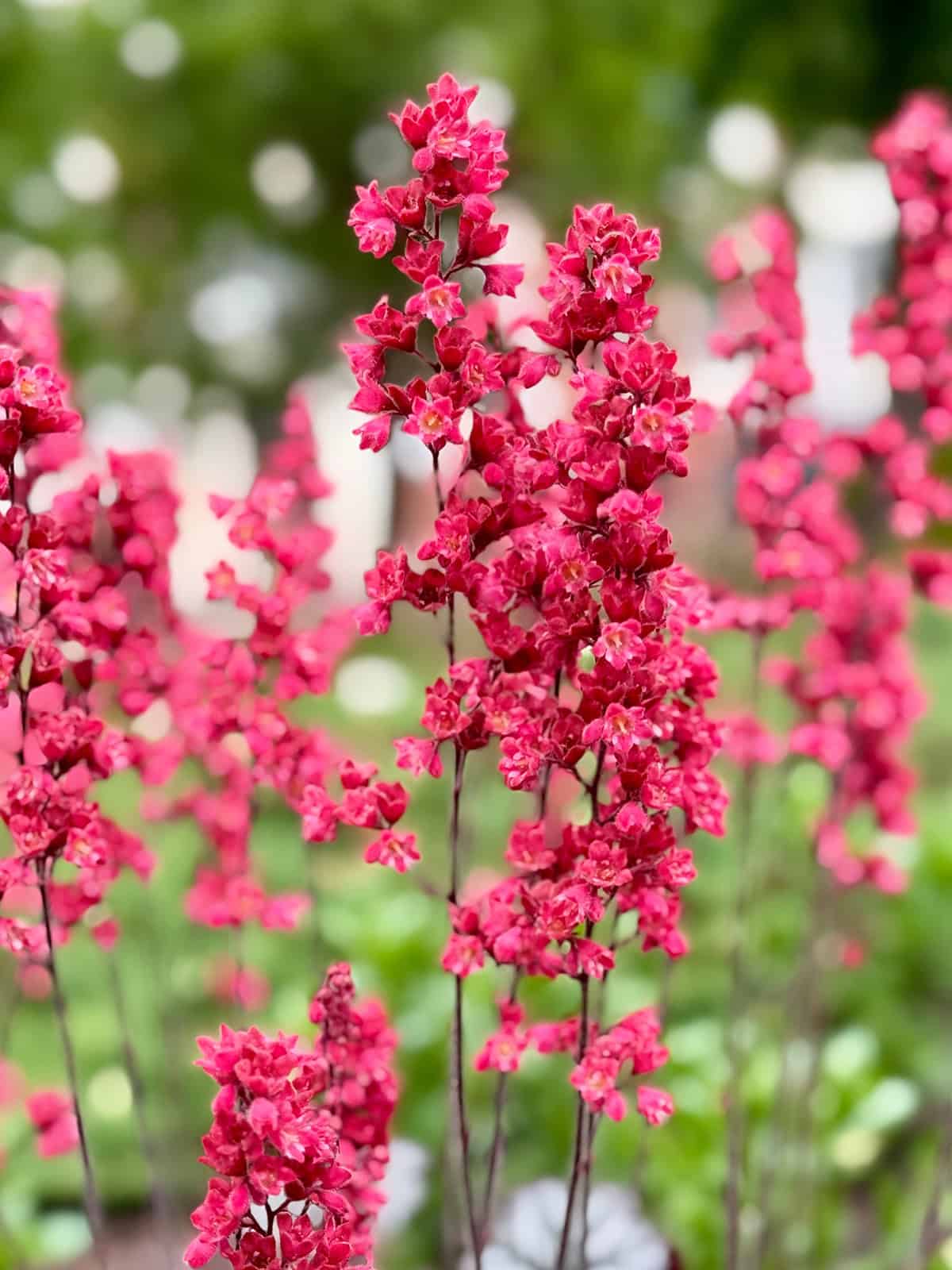
Coral bells add a vibrant touch with their colorful, ruffled leaves. The foliage comes in shades from burgundy and bronze to lime green and silver. Their evergreen habit gives continuing interest even after other plants go dormant.
This perennial produces small, bell-shaped flowers on tall stems in late spring. Though not the main attraction, the blooms attract pollinators and give an airy lightness to shady planting areas.
Coral bells grow best in partial shade with moisture-retentive soil. Once established, they withstand freezing temperatures. Divide clumps every few years to keep the plants vigorous.
Catmint (Nepeta)
Catmint is a reliable low-maintenance perennial for frosty sites. Its fuzzy gray-green foliage and masses of lavender-blue flowers brighten borders from late spring to early fall. The scent of the leaves deters deer and rabbits.
Tough roots mean this plant handles both heat and cold. You won’t need to protect catmint from normal winter weather as it regrows each spring without issue.
Plant in full sun and well-draining soil for best results. Trimming back after the initial bloom encourages a second flush of flowers later in the season.
Peony
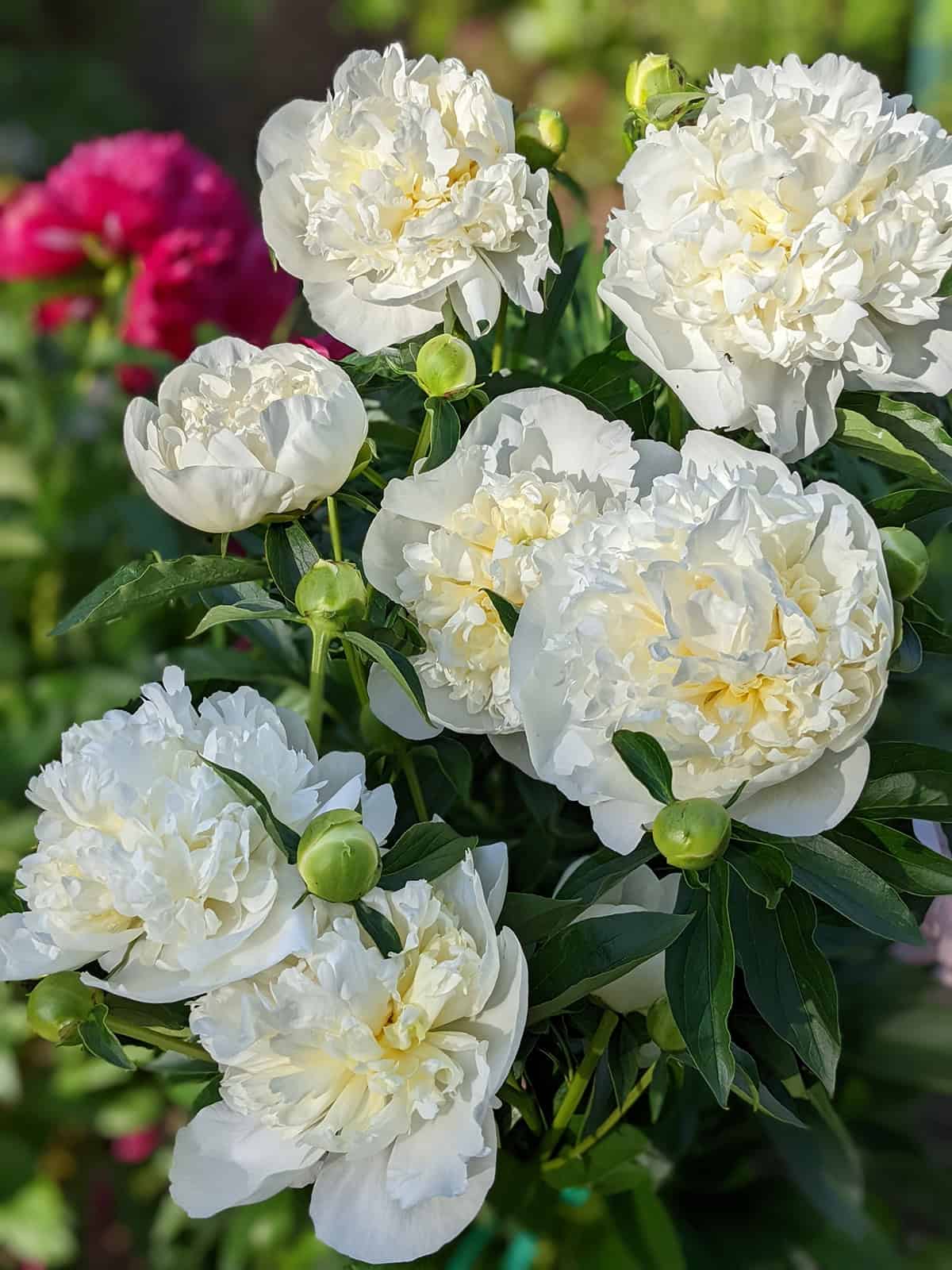
Peonies stand as one of the best-loved cold-hardy perennials. Their large, lush flowers bloom in late spring and early summer. Peony varieties range from white and pale pink to deep red.
Frost helps peony root systems go dormant. In early spring, they send up fresh shoots without damage from late frosts. Their glossy green foliage remains attractive through the summer.
Peonies prefer full sun and nutrient-rich, well-drained soil. Once established, plants can bloom for decades, often outlasting the gardener. Minimal care is needed aside from removing spent blooms and dead foliage in autumn.
Bee Balm (Monarda)
Bee balm attracts pollinators with its showy, fragrant flower clusters in shades of red, pink, and purple. This perennial tolerates winter cold and returns reliably in USDA zones 4 and colder.
You’ll find the aromatic leaves deter deer and rabbits, ideal for untended spaces. Bee balm spreads by rhizomes, forming thick clumps that fill out gaps in beds.
It prefers moist, rich soil and does best in full to partial sun. Pruning after flowering helps keep bee balm compact and healthy. Watch for powdery mildew in humid climates; otherwise, it thrives with minimal effort.
Daylily (Hemerocallis)
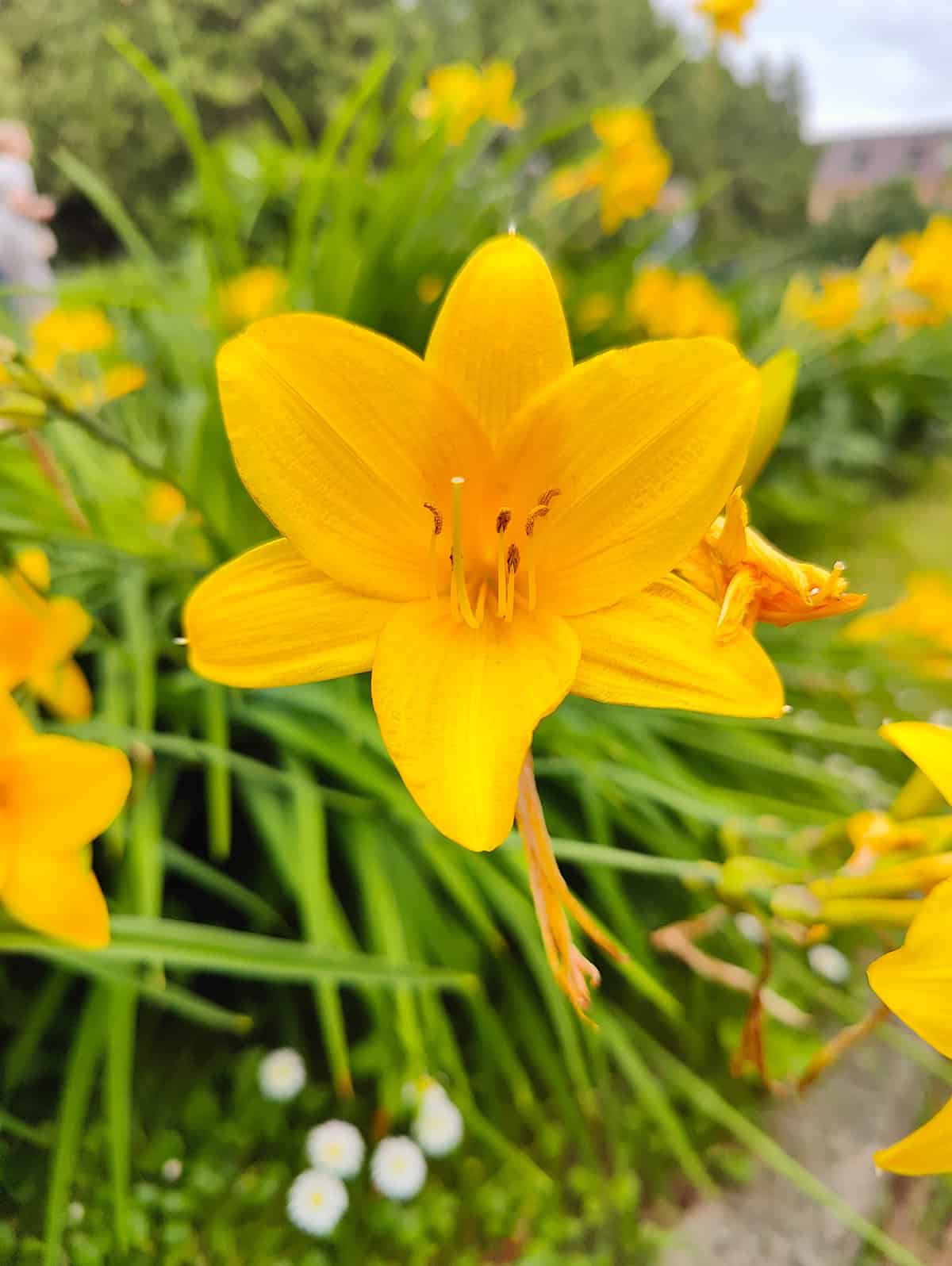
Daylilies are famous for their adaptability and endurance. They survive winter cold, drought, and poor soils without complaint. Each scape carries several brightly colored flowers, usually blooming in midsummer.
This perennial forms dense clumps of arching green foliage, which dies back after frost. New shoots readily appear in spring, promising a fresh burst of blooms each season.
Daylilies thrive in sun to partial shade. They handle neglect better than most flowering plants. Divide clumps every few years to promote vigorous growth and bigger flower displays.
Yarrow (Achillea)
Yarrow offers reliable blooms and fern-like foliage. Tolerance for both drought and frost makes this plant a garden workhorse. Flat-topped flower heads in white, yellow, pink, or red appear throughout summer.
Pollinators flock to yarrow’s nectar-rich flowers, and its tough stems withstand strong winds. The ferny leaves stay attractive after light frosting, providing interest even as temperatures drop.
Plant yarrow in sunny, well-drained sites. It needs little supplemental water and infrequent dividing. Removing spent flowers can encourage another bloom cycle.
Black-Eyed Susan (Rudbeckia)
Black-eyed Susan brings a splash of gold to late summer gardens. Its daisy-like flowers with deep brown centers withstand chilly nights and brief frost spells. This native prairie plant is known for its resilience.
The foliage dies back after frost but regrows vigorously as soon as weather allows. Black-eyed Susans self-seed readily, filling out borders and naturalistic plantings.
This perennial needs full sun for best flowering. It performs well in average to dry soils. You only need to remove spent stems to maintain a tidy appearance.
Hosta
Hostas provide broad, textured foliage that thrives in partial to full shade. Their leaves range from green to blue or variegated patterns. Frost kills the foliage in late autumn, but hardy roots survive even severe cold.
Tall spikes of lavender or white flowers bloom in midsummer. Slugs and deer might nibble, but otherwise, hostas are carefree. Smaller varieties suit containers or edging.
Hostas need moist, well-drained soil and regular watering. Divide in spring or fall to rejuvenate crowded clumps. Hostas reward patience with lush, unfussy beauty.
Columbine (Aquilegia)
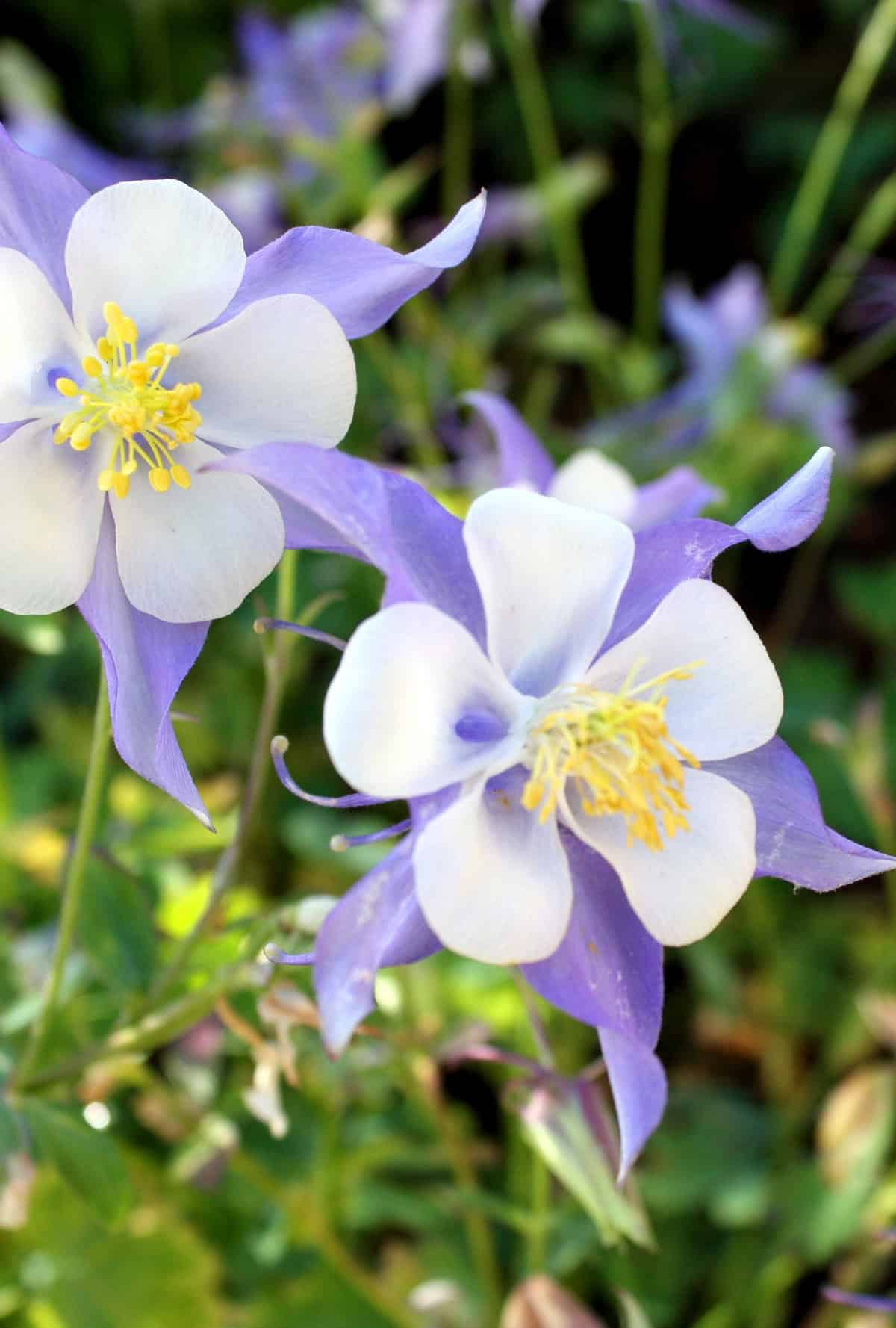
You can enjoy columbine’s nodding, spurred flowers in spring and early summer. The blooms, often two-toned, attract hummingbirds and bees. These delicate-looking perennials endure late frosts with little harm.
Columbine adapts to both sun and part shade as long as the soil drains well. Plants reseed freely and naturalize in wildflower gardens, woodlands, or shaded beds.
Once established, columbines need little maintenance. Trim spent flower stalks to reduce unwanted seeding if you wish. The ferny leaves add a soft texture even after flowering has ended.
Bleeding Heart (Dicentra)
Bleeding heart grows best in cool, moist, shaded areas. Heart-shaped pink or white flowers dangle gracefully from arched stems in spring. Despite their fragile look, bleeding hearts easily endure frost.
This perennial’s foliage fades and goes dormant when temperatures soar, but it tolerates moderate cold well. You should use mulch to protect roots in colder climates.
Well-drained, slightly acidic soil encourages healthy growth. Avoid disturbing the roots, as mature plants dislike transplanting. Bleeding hearts fit well in cottage and woodland gardens.
Creeping Phlox
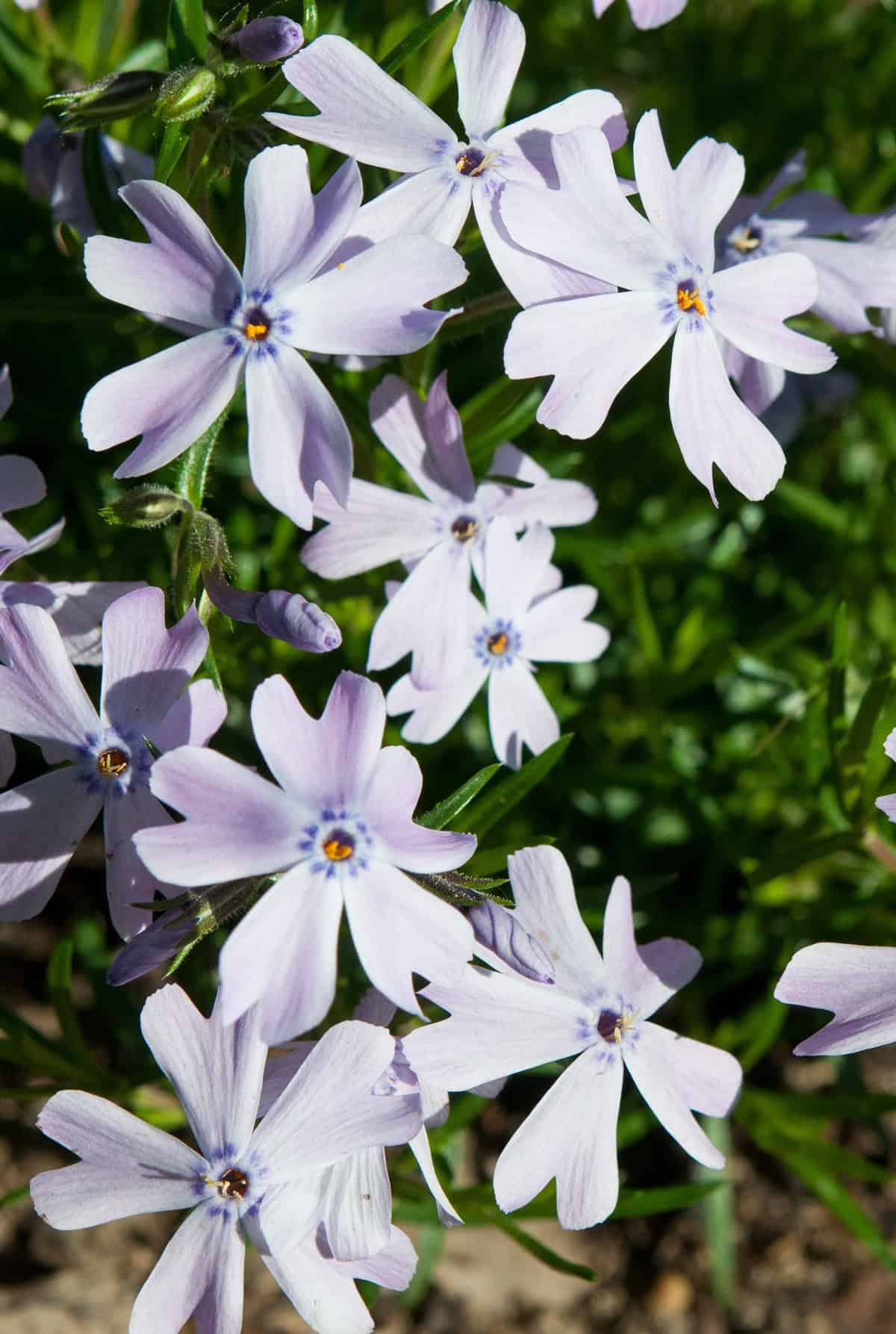
Creeping phlox covers ground with a dense carpet of needle-like foliage. In late spring, it bursts with colorful blooms ranging from pink and purple to blue and white. The low-growing habit guards the crowns against frost.
You only need to trim creeping phlox after flowering to keep it tidy. It fills spaces between rocks or drapes gracefully over walls. In winter, some foliage remains for year-round interest.
This perennial thrives in full sun and well-draining soil. Once established, it tolerates both cold winters and brief dry spells.
Lupine
Lupines show off tall flower spikes in shades of blue, purple, pink, and white. Their deep taproots anchor them against frost and wind. New leafy shoots sprout each year, even after harsh winters.
You gain the benefit of nitrogen-fixing abilities with lupine, which improve poor soils. They prefer cool summers and well-drained locations with plenty of sunlight.
Deadhead flowers to encourage further blooming. Lupines work well in wildflower meadows, cottage gardens, and mixed borders. Space plants apart for best air circulation.
Gaillardia (Blanket Flower)
Blanket flower bears vibrant, daisy-like blooms with red, orange, and yellow petals. The plant tolerates freezing temperatures and hot, dry summers. Tough stems resist bending or breaking after frost.
Blooming begins in early summer and can last into fall. Cutting back spent flowers often triggers more blooms. The foliage is gray-green and fuzzy, adding texture to sunny borders.
Gaillardia thrives in poor soils as long as the drainage is good. You only need to water during prolonged droughts. It is ideal for areas with tough weather conditions.
Bergenia
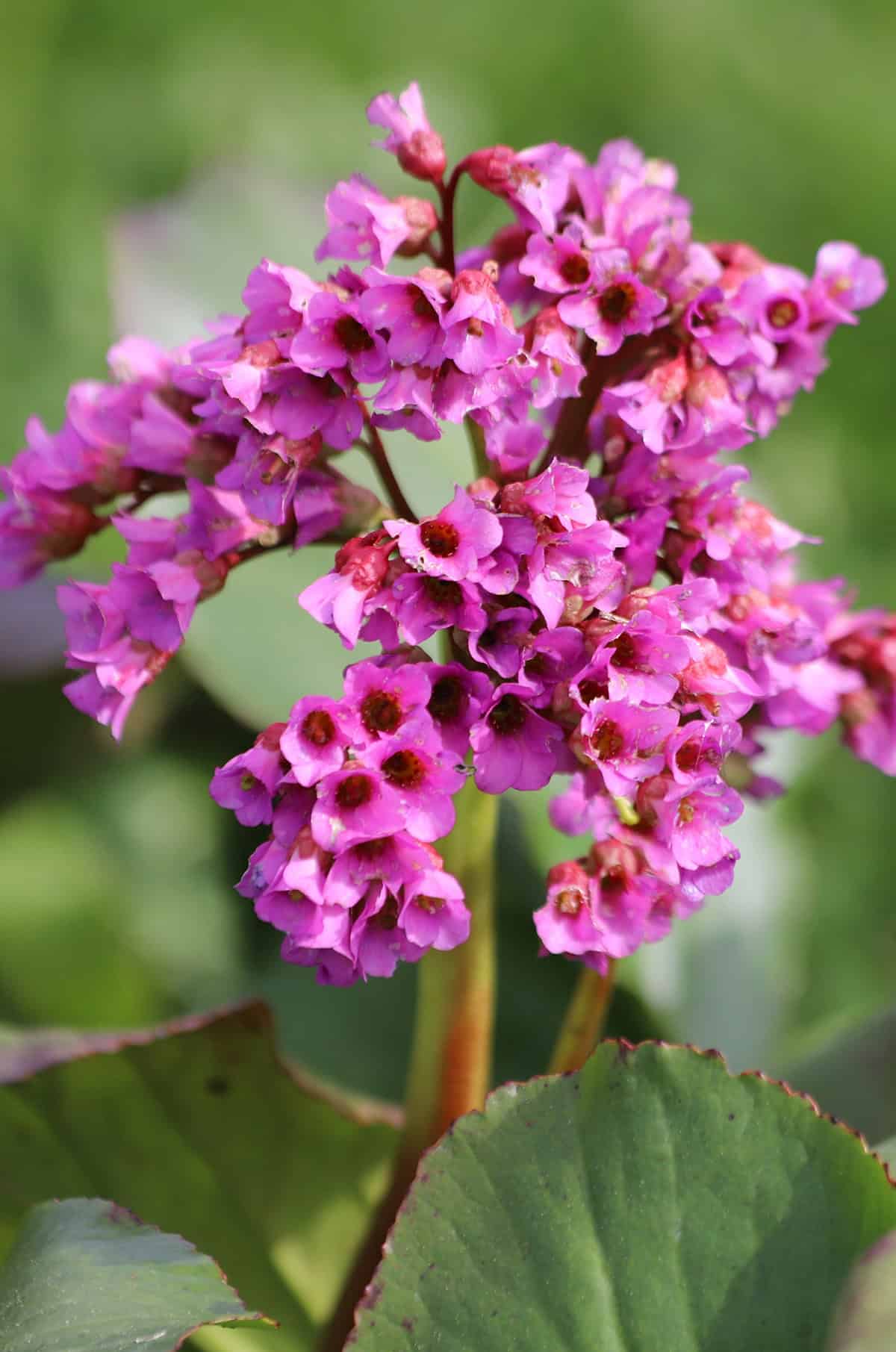
Bergenia offers large, cabbage-like leaves that turn red or bronze in cold weather. In early spring, tall stems hold clusters of pink or magenta flowers. The leathery foliage resists frost and snow.
Unlike some perennials, bergenia stays semi-evergreen, adding color all winter. The plant does best in part shade but adapts to full sun if there’s enough moisture.
Once established, bergenia tolerates both drought and cold. Remove old leaves in early spring for a tidy appearance. It’s often used along paths or as ground cover under trees.
Artemisia
Feathery, silver-gray foliage makes artemisia hard to miss. Its scent keeps deer and rabbits at bay—pretty handy for open gardens. Most types can shrug off frost, drought, and rocky soil without much fuss.
It works as a soft backdrop for brighter flowering plants, and the foliage stays good-looking even after hard frosts, sometimes poking through a dusting of snow.
Stick it in well-drained soil with plenty of sunlight. A spring trim helps keep things tidy. Artemisia’s a low-maintenance pick for both formal borders and wilder garden corners.
Astilbe
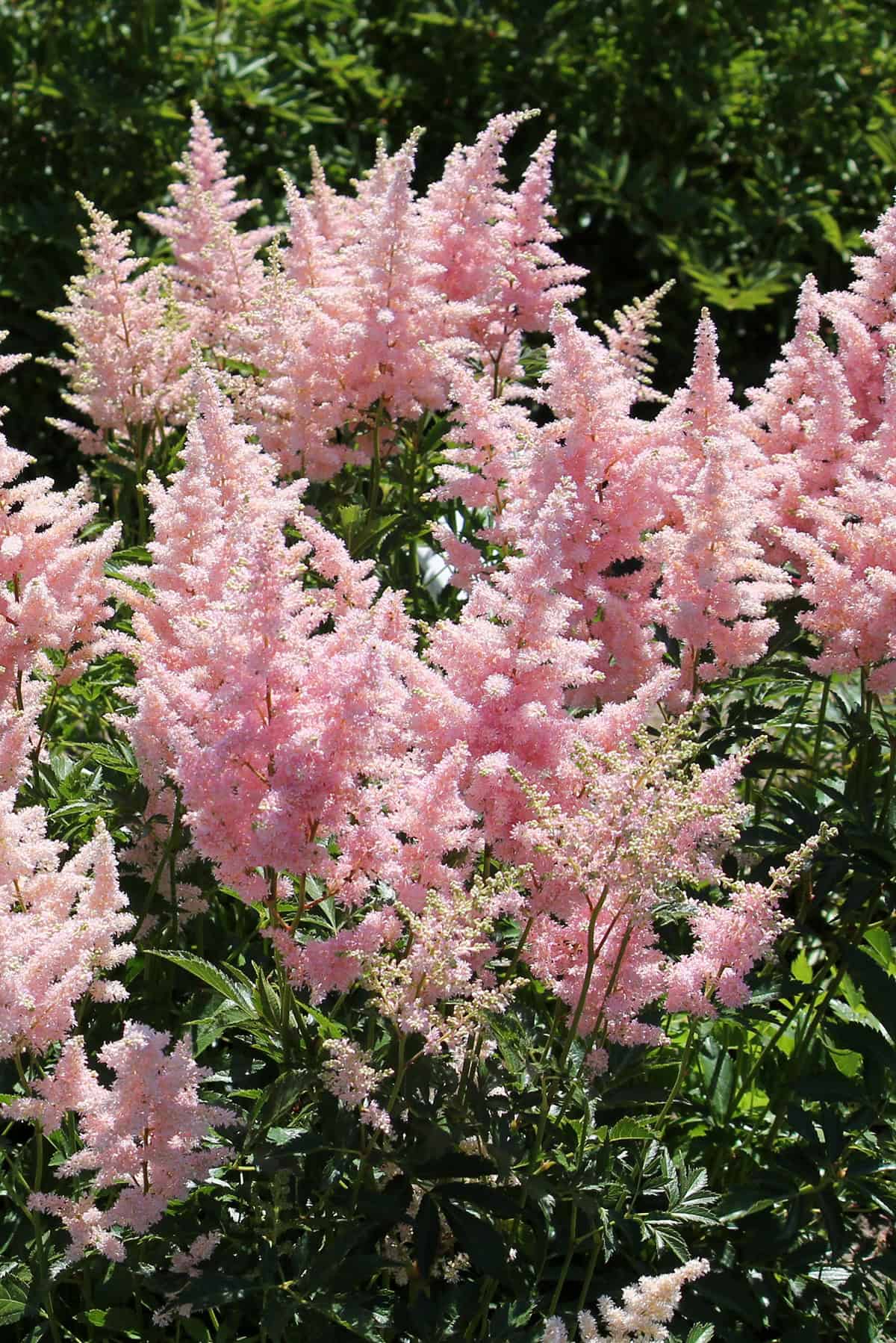
Astilbe loves a shady, damp spot and rewards you with feathery plumes in pink, white, or red. The foliage pops up early, handling late frosts that knock back other plants.
Flowers usually show up in early summer, and even when it’s not blooming, the leaves keep things textured and green through the heat.
Give it moist, rich soil and water when it’s dry. Every few years, dividing the clumps keeps blooms coming and the plant healthy.
Brunnera
Brunnera brings heart-shaped, silvery leaves that really brighten up shady corners. Early spring brings a cloud of tiny blue flowers—think forget-me-nots. The leaves tough it out through late freezes and keep looking fresh.
It likes rich, moist soil and shade, and fits right in with hostas and ferns in a woodland bed.
Little care’s needed—just clear away old leaves in fall or spring. Pests and diseases rarely bother brunnera.
Coreopsis
Coreopsis is all about those cheerful daisy-like blooms in yellow, gold, or pink. It handles cold snaps, hot spells, and rough soil without complaint. Flowers start early summer and keep going well into fall.
Snip off spent blooms to stretch out the show. It self-seeds, so you’ll see new patches popping up on their own.
Give it full sun. Once settled, it’s fine with drought or a downpour. Prune back after flowering if you want things looking tidy.
Penstemon
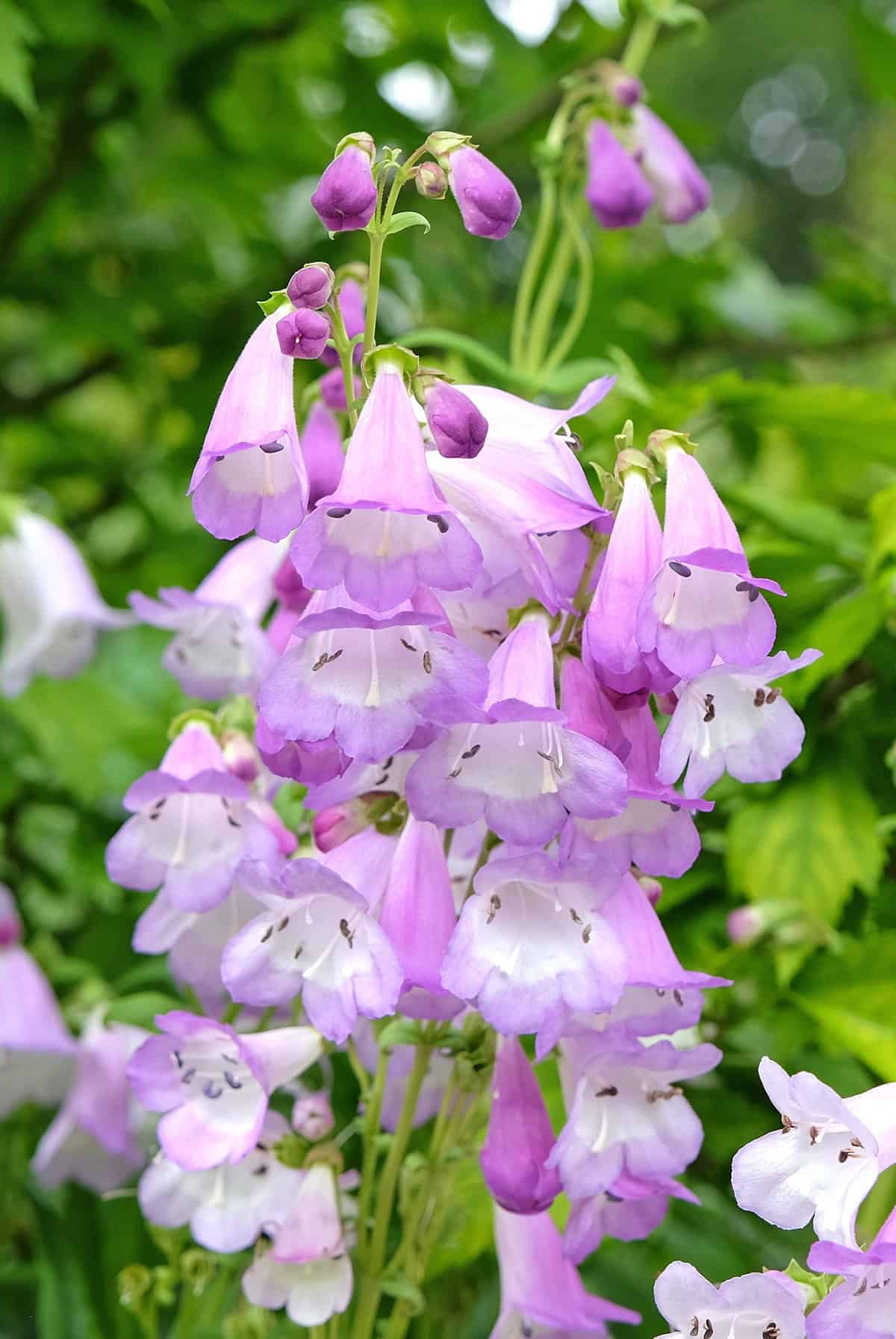
Penstemon throws out tubular flowers in bold reds, blues, and pinks—hummingbirds and bees can’t resist. Deep roots mean it weathers winter just fine, no special care needed.
Most kinds want sun and well-drained soil. Taller ones might flop and appreciate a bit of support after blooming.
Once it’s going, penstemon asks for little—maybe divide old clumps or deadhead once in a while. It’s equally unfazed by drought or heavy frost.
Japanese Anemone
Tall, airy stems topped with pastel blooms—Japanese anemone really comes into its own from late summer into fall. Even after a cold snap, the foliage keeps looking good. They bounce back fast each spring, unfazed by frost.
They’ll do fine in partial shade or full sun, as long as the soil’s moist and drains well. Over time, they spread by rhizomes, quietly forming graceful drifts that just keep getting bigger.
Honestly, maintenance is a breeze. Every few years, just divide the clumps and trim back dead stems after frost. If you want dependable late-season color and plants that don’t quit, these are tough to beat.
